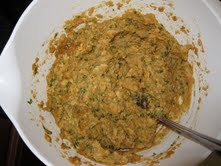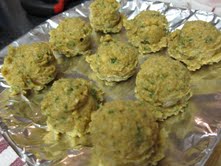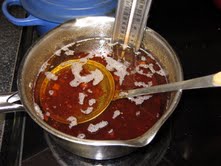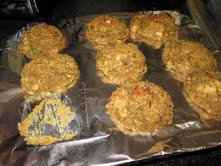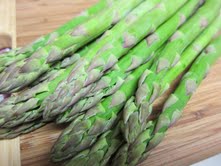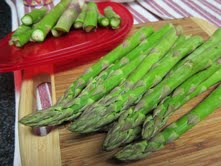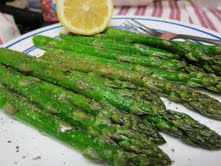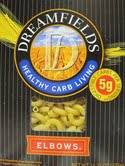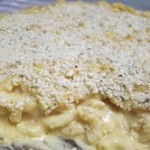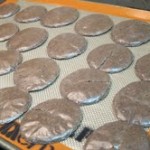In blatant ritualization of my amazing narcissism, I frequently have ‘date nights’ at home with myself: I cook an elaborate meal, drink good wine, and watch terrible reality TV. My most recent such evening, I was also feeling a bit lazy, so I went for something simple and unplanned, but which turned out to be awesome, and I want to remember it for the next time I cook for an actual date.

The recipes below are more or less in the order I made them, but that has more to do with making it all up as I went than any intention. What I ate, in order: salad, soup, fish and veggies, cheese, chocolate. I drank a Malbec from Catena, but cooked with one from a box.
Stock/soup
1 carrot, sliced thin
1 red onion, diced
About 1/2 cup of diced celery hearts
3 sun dried tomato halves
3 cloves garlic (peeled, whole)
Handful tellicherry peppercorns
1 whole star anise pod (about 6 seeds)
1 bay leaf
3 cloves
Vegeta
Sherry vinegar
3/4 cup red wine
5 cups water
Olive Oil
Sesame Oil
I tossed the celery, onions, carrots and garlic into a large pot over medium-high heat, and let them start to caramelize. Once they start sticking to the bottom (but not quite charring yet), I added a small splash of sesame oil and a good dose of olive oil, let that get hot, and then deglaze with 1/2 cup of the wine.
I then added the water and the rest of the wine, plus sun dried tomatoes, dry spices and Vegeta (I used about 1/5 tbs…adjust to your taste). I brought to a boil and then back down to simmer, uncovered, for about 40 minutes. I added a splash or two of the vinegar about 3/4 of the way through.
While the stock was bubbling away, I made my salad by putting some raddicchio, baby spinach, frssé, and fresh dill into a bowl and topping it with finely diced yellow squash and some grape tomatoes.
I also prepped the fish, using:
1 mahi mahi fillet, either fresh or flash-frozen but fully thawed, rinsed and patted dry.
1/4 yellow squash (sliced into half-moons about 1/4 inch think)
1/4 zucchini (sliced into half-moons about 1/4 inch think)
1/3 red onion (diced)
Herbs de Provence
Olive Oil
Vegetable stock
I sauteed the onion in the oil until they start to get translucent, about 2 minutes, then added the squash and zucchini, sprinkled with the herbs, and sauteed another couple minutes. I turned the heat down to medium-low and put the fish on top of the bed of sauteed veggies in the pan. Sprinkled with some more herbs. Next, I poured about 1/2-2/3 of a cup of stock into the pan, making sure to baste the top of the fish with it, and brought it all to a boil (it helps if you’ve just made the stock and it’s already hot).
Again, back the heat to low-medium-low, covered and cooked about 6-8 minutes, until the fish was done. I plated the fish and strained the veggies out of the remaining broth (which you can return to your stock pot for extra flavor, if you don’t mind a little fish in your veggie stock). I served them immediately.
Now, I actually ate my salad (dressed with olive oil and seasoned rice vinegar) while the fish was cooking, because I was hungry and dammit it was my date.
I plated the fish, veggies, and soup at the same time. The soup was really just all the veggies that cooked in the stock removed to a bowl with a slotted spoon and then the bowl filled with the stock and finished with some fresh garlic croutons. Bloody delicious I tell you!
So, after salad and soup, I ate my fish, which was really, REALLY good. I have to say I feel pretty smug about that – tender, moist, and so rich with steamed/poached-in flavor. The veggies were fantastic too.
It being a date, I wanted to make the best impression, so I had also pulled from my fridge a couple of awesome cheeses (a stinky blue one and a hard, nutty tomme of some kind, both from the Eastern Market cheese lady), so I had those on baguette next. And then, for dessert, I went with simple-is-best (because at this point I was getting lazy), and had Mexican table chocolate shaved over a scoop of vanilla ice cream.
At the end of the day, I would totally give me a second date…and all told, there is now a ton of awesome veggie-with-a-hint-of-fish stock in my freezer, ready for such an occasion.
-MAW
[ad]

